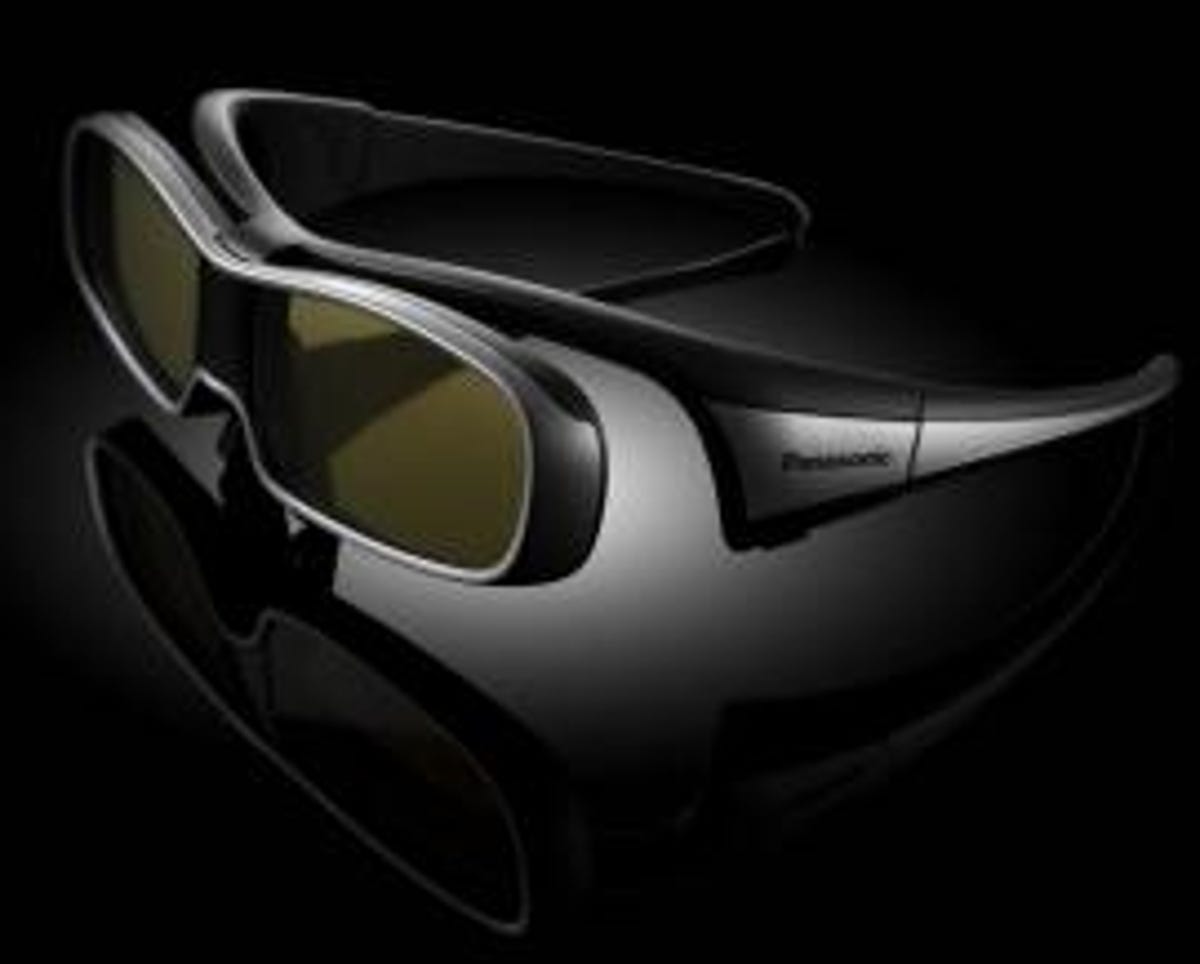3D TV roundup (photos)
A look at the 3D TVs that were announced at CES 2010.

3D glasses
Samsung UNC7000 series
The company's least-expensive 3D-compatible TV announced at the show uses an LED backlight, like most 3D-compatible LCDs. Unlike those of most makers, Samsumg's models can convert 2D content to 3D (we can't wait to check that one out).
Samsung UNC9000 series
Samsung's flagship TV at CES 2009 is extremely thin in person, yet still provides that illusion of 3D depth within its picture frame.
Samsung PNC7000 series
Samsung endowed its 3D plasma with a thin depth as well, albeit not quite as thin as the LCD.
Sony XBR-LX900 series
Along with Panasonic, Sony was the only maker to specify the inclusion of the requisite 3D glasses with its TV. This flagship model also gets a few nice extras, although it doesn't have local dimming.
Sony XBR-HX900 series
Local dimming LED technology is reserved for Sony's step-down 3D-capable TV.
Vizio XVT Pro series
Vizio was the only maker to announce pricing on its 3D models, and at $2,500 for the 55-incher, the premium for 3D doesn't sound too high.
Toshiba ZX900 series (Cell TV)
Speaking of pricing, though the damage on the U.S. version of the Cell TV wasn't announced, its Japanese brother costs $11 grand. 3D capability--complete with 2D to 3D conversion for existing content--is just the tip of the Toshiba's features iceberg, which was impressive enough to earn it one of our three Best of CES nominations.
LG LE9500 series
Another Best of CES nominee, this thin-bezel LG was the company's only 3D-compatible model announced at the show.
Panasonic TC-PVT25 series
The overall Best of CES winner, Panasonic's 3D plasma will likely deliver an impressive picture even in two dimensions.

